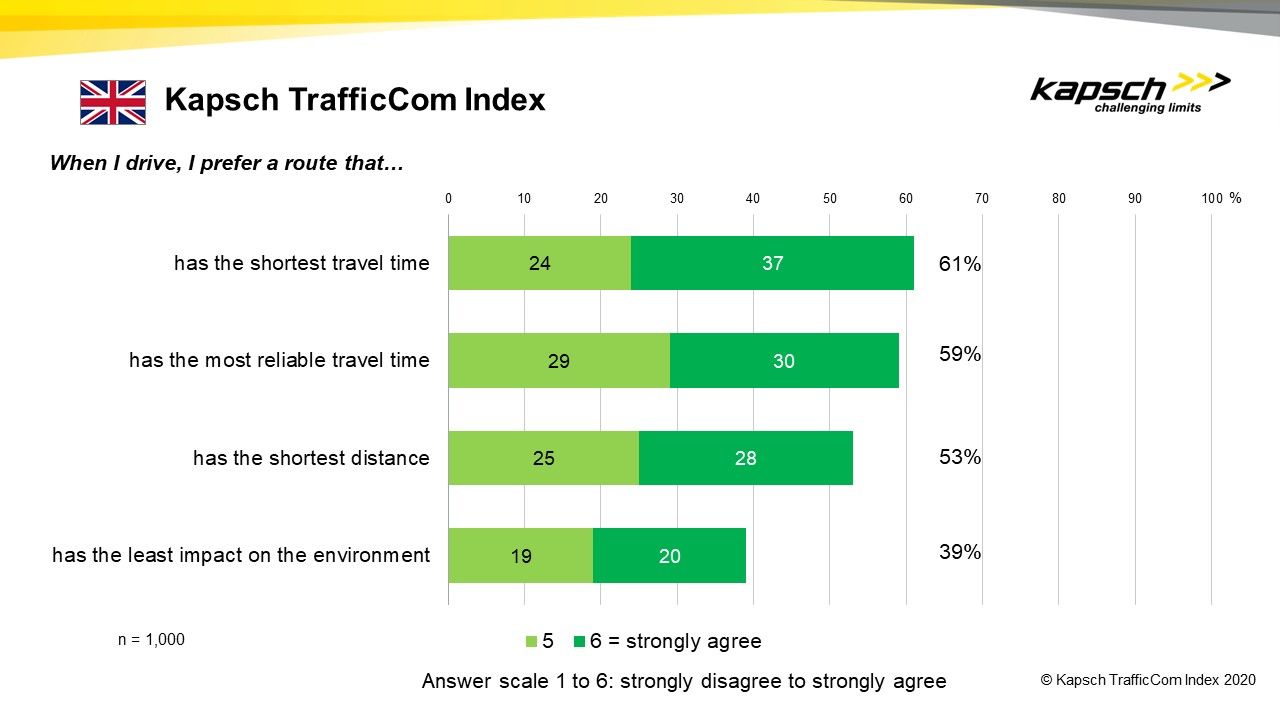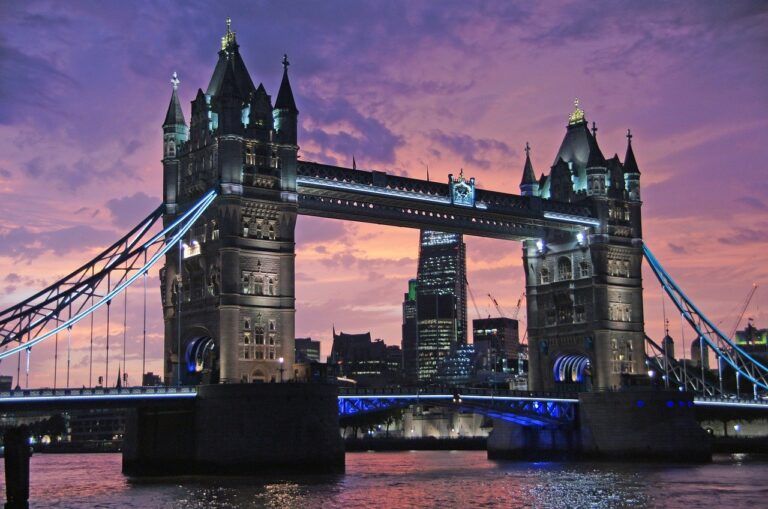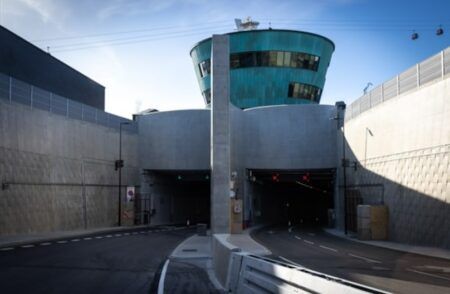A new survey of over 1,000 UK citizens reveals that 75% are concerned about the negative environmental impact of transportation when traffic levels begin to return to normal after the pandemic.
Faced with such increased congestion, the Kapsch TrafficCom Index survey found that nearly as many are prepared to use a navigation app to choose their route. Surprisingly then, when selecting a route, environmental considerations are not a priority for the majority of drivers. Instead, almost two thirds of respondents want a route that guarantees the shortest travel time.
The intelligent use of navigation devices offers opportunities to reduce road congestion and traffic jams. This technology could also help to achieve other desirable goals. For example, traffic planners could also factor in environmental impacts such as CO2 emissions in their route recommendations.
The survey findings show that this would require a change in overall thinking, though: At present, the majority of drivers in the UK consider the shortest travel time (61%), the most reliable travel time (59%) or the shortest distance (53%) to be “important” or “very important” when selecting a route. And only 39% of the respondents consider routes with the lowest impact on the environment to be “important” or “very important”.

“Smart navigation networks are a key technology for fundamentally reducing traffic jams and pollution on roads,” says Steve Parsons, head of UK sales Kapsch TrafficCom. “The desire of drivers to use navigation tools to minimize travel times should be utilized by public planners. The aim is to offer digital traffic management solutions that take important societal goals into account. Environmental protection is one of these important targets that will improve our everyday life.”
For example, traffic light control systems, which automatically adapt to the current traffic situation, have already proven their effectiveness. Such signal control systems have been installed in the Spanish capital Madrid, where they reduced traffic jams by about 20%. The volume of traffic jams will be reduced even more significantly if car data is linked to the traffic control network. At the same time, CO2 emissions will fall and the traffic flow can be distributed more evenly over the road network via route recommendations.
“These existing examples suggest that the situation on UK roads does not necessarily have to remain at an unsatisfactory level. We have the tools to resolve the challenges and we can create a more sustainable path to a better future,” says Parsons.





